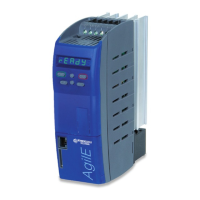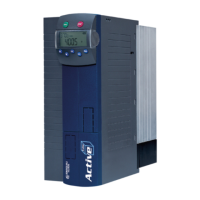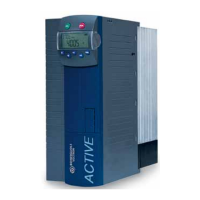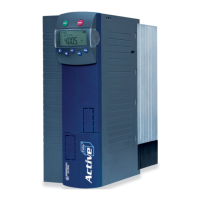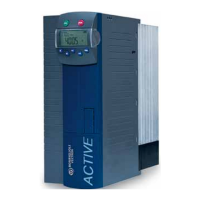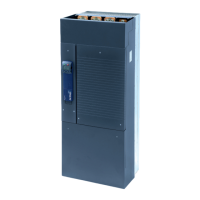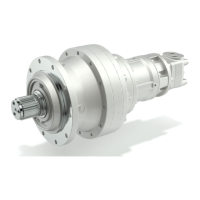Parameter descriptions
The actual value parameter Revolutions 470 facilitates the setting and optimization of the function.
The revolutions of the motor displayed should correspond to the
Positioning distance 460 at the re-
quired position.
The minimum number of revolutions needed until the required position is reached depends on the
Actual frequency 241 and Deceleration (Clockwise) 421 (or Deceleration Anticlockwise 423) as well
as the
No. of pole pairs 373 of the motor.
Deceleration 421 (or 423)
No. of pole pairs 373 of motor
Example: f = 20 Hz, a = 5 Hz/s, p = 2 ⇒ U
min
= 20
With an actual frequency of 20 Hz and a delay of 5 Hz/s, at least 20 rotations are needed until stand-
still at the required position. This is the minimum value for the
Positioning distance 460, a shorter
positioning distance is not possible. If the number of rotations until the required position is reached is
to be lower, the frequency must be reduced, the deceleration increased, or the reference point must
be shifted.
461 Signal correction
The registration of the reference position via a digital signal can be influenced by a variable dead time
while the control command is read and processed. The signal running time is compensated by a posi-
tive figure for the
Signal correction 461. The setting of a negative signal correction decelerates the
processing of the digital signal.
462 Load correction
T
he influences on the positioning which depend on the operating point can be cor-
re
cted empirically
via parameter
Load correction 462. If the required position is not reached, the deceleration duration
is increased by a positive load correction value. The distance between the reference point and the
required position is extended. Negative values accelerate the braking process and reduce the position-
ing distance. The limit of the negative signal correction results from the application and the
Position-
ing distance
460.
462 Load correction -32768 +32767 0
133
Operational Behavior 06/2013 Operating Instructions
Agile
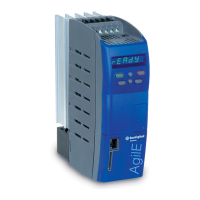
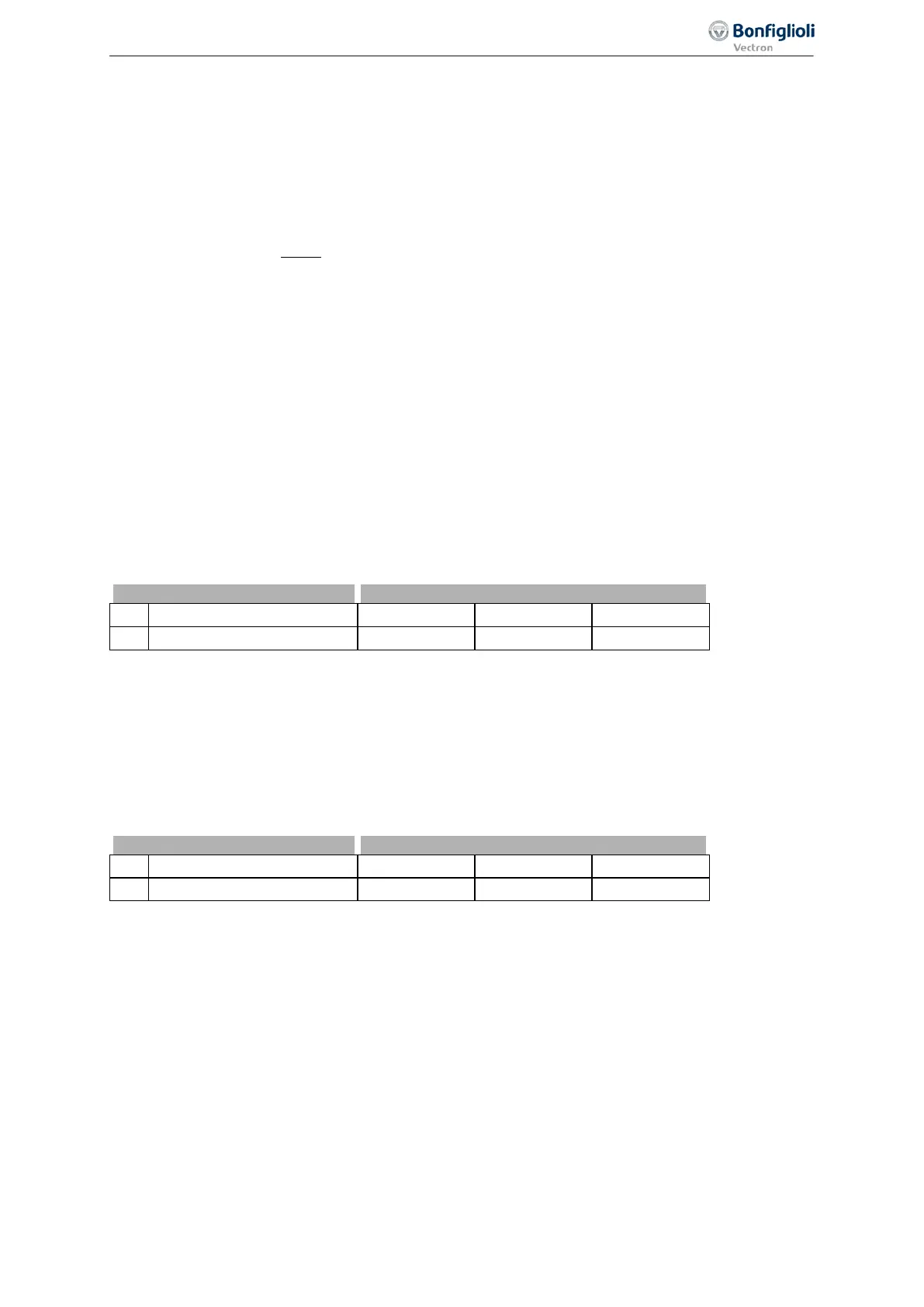